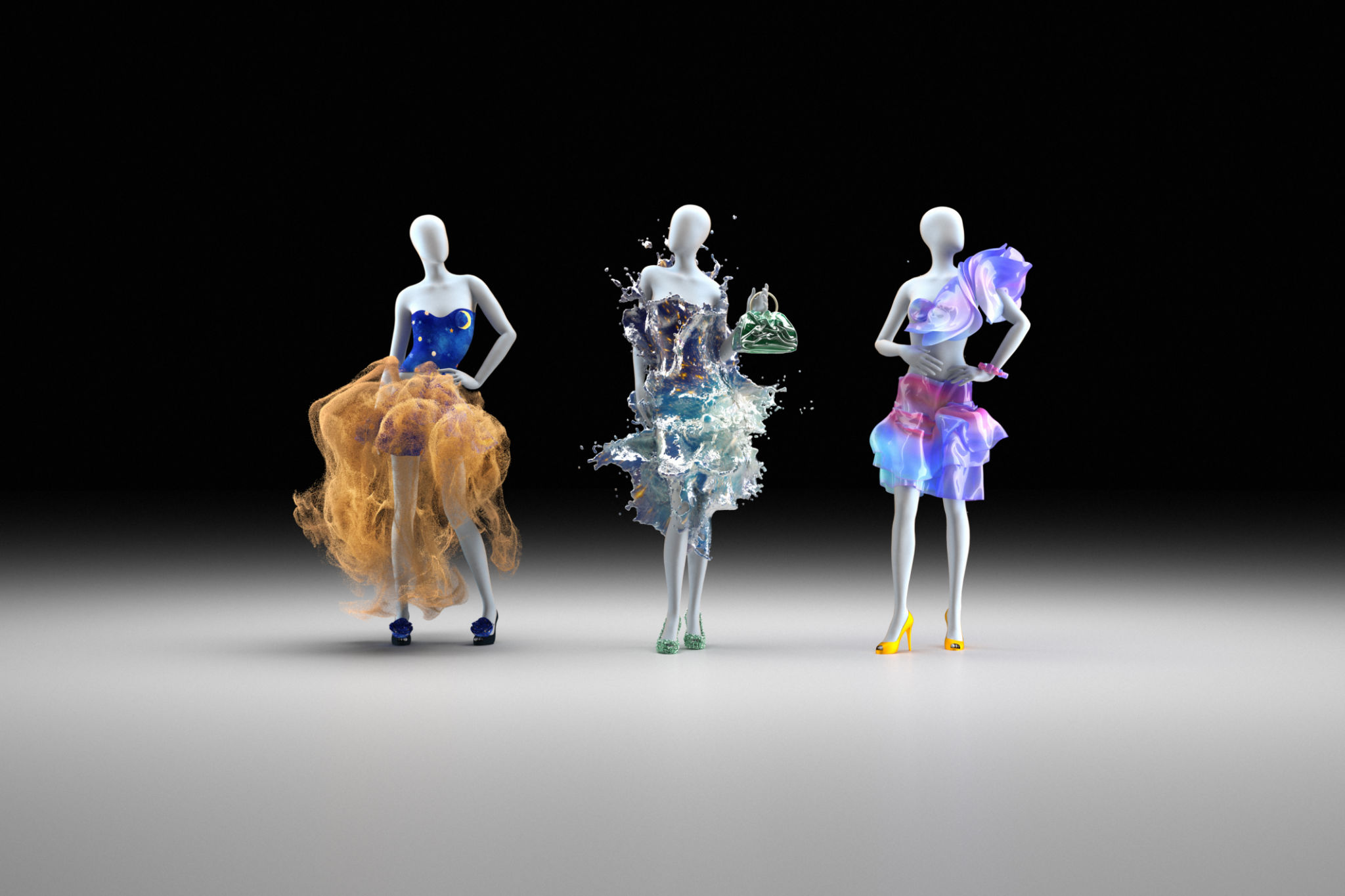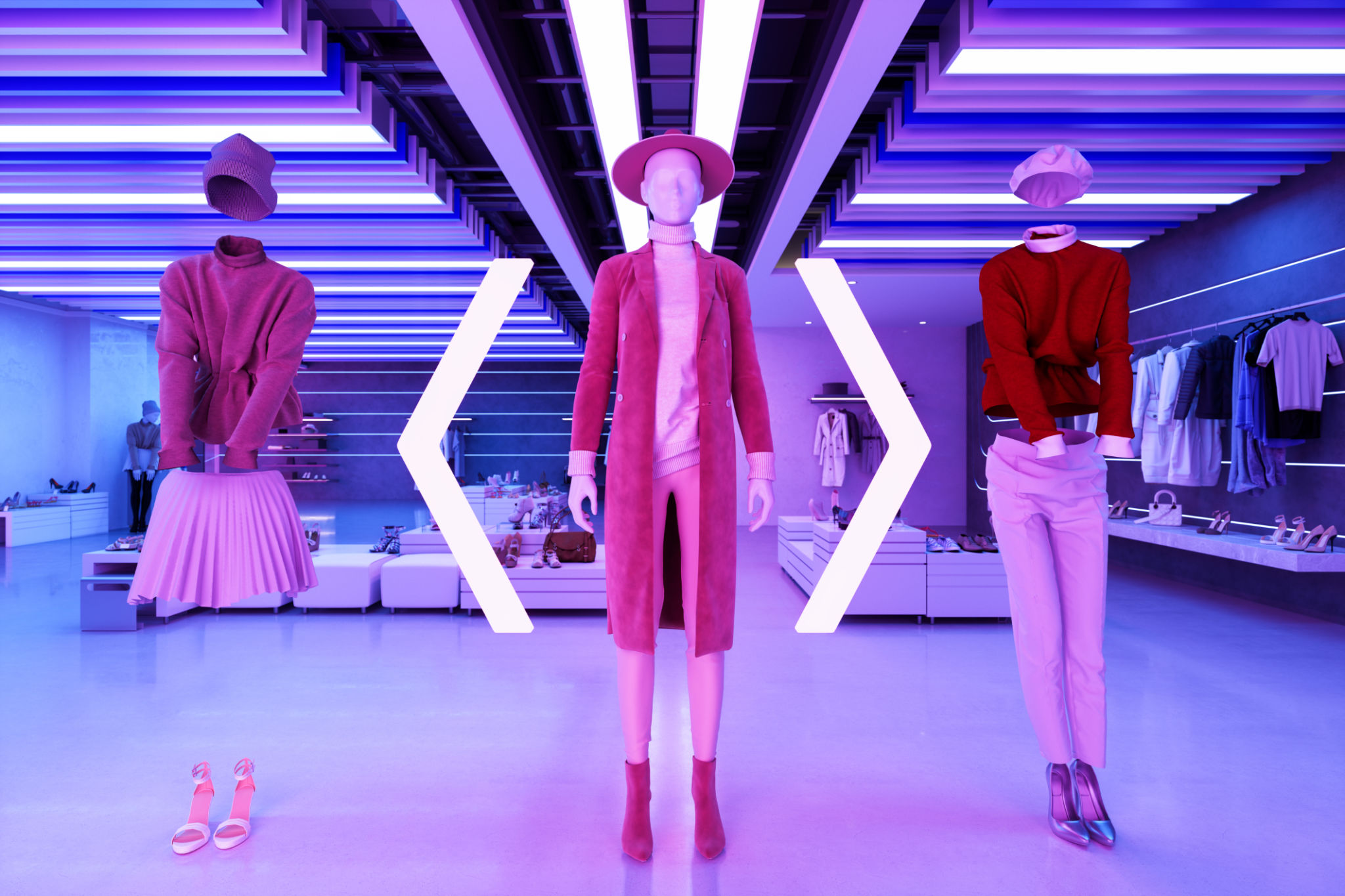Digital Fashion Trends: The Intersection of Style and Technology
The Rise of Digital Fashion
In the past decade, the fashion industry has witnessed a remarkable transformation with the advent of digital fashion. This innovative trend is reshaping how we perceive and interact with clothing and accessories. Driven by advancements in technology, digital fashion is not just about virtual clothing but represents a significant shift in the industry towards a more sustainable and inclusive future.

Virtual Runways and Fashion Shows
One of the most exciting developments in digital fashion is the emergence of virtual runways and fashion shows. These events allow designers to showcase their collections digitally, reaching a global audience without the need for physical travel. Virtual shows offer creative freedom, enabling designers to experiment with elements that would be impossible in real life. This trend has gained momentum, especially during the pandemic, when traditional runway shows were not feasible.
Moreover, virtual fashion shows significantly reduce the carbon footprint associated with traditional events. By eliminating the need for physical venues, travel, and excessive production costs, the industry can move towards more sustainable practices. It's a win-win situation where creativity meets environmental responsibility.
The Role of Augmented Reality (AR) and Virtual Reality (VR)
Augmented Reality (AR) and Virtual Reality (VR) are at the forefront of digital fashion innovations. These technologies allow consumers to experience fashion in immersive ways. Through AR applications, users can try on clothes virtually before making a purchase decision. This not only enhances the shopping experience but also reduces the rate of returns, which is a common issue in online retail.

VR, on the other hand, takes fashion experiences to a new level by creating virtual worlds where users can explore collections and interact with other fashion enthusiasts. Brands are increasingly investing in VR platforms to engage with their audience in novel ways, offering them unique experiences that blend fashion with technology.
The Influence of NFTs and Blockchain
Non-Fungible Tokens (NFTs) have made significant inroads into the fashion industry, offering new avenues for digital ownership and authenticity. NFTs provide a way to own unique digital fashion items, such as virtual garments or accessories, which can be traded or worn in virtual spaces. This trend opens up new revenue streams for designers and brands, creating a market for exclusive digital wears.
Blockchain technology ensures the authenticity and provenance of these digital assets. As a decentralized ledger, blockchain records every transaction and ownership change, providing transparency and trust in the digital fashion ecosystem. This innovation is particularly appealing to collectors and those who value exclusivity.

Sustainability and Digital Fashion
One of the most compelling aspects of digital fashion is its potential to promote sustainability within the industry. Traditional fashion production is resource-intensive, involving significant amounts of water, energy, and raw materials. Digital fashion eliminates the need for physical production, thereby reducing waste and pollution.
Furthermore, digital fashion encourages responsible consumer behavior by focusing on quality over quantity. Consumers can invest in high-quality digital pieces that do not wear out or contribute to physical clutter. This shift towards sustainable consumption is essential as we address environmental challenges globally.
The Future of Fashion
The intersection of style and technology continues to redefine the future of fashion. As digital fashion trends evolve, they promise to offer enriched experiences for consumers while fostering innovation and sustainability within the industry. Embracing these changes will be crucial for brands seeking to remain relevant in an increasingly digital world.